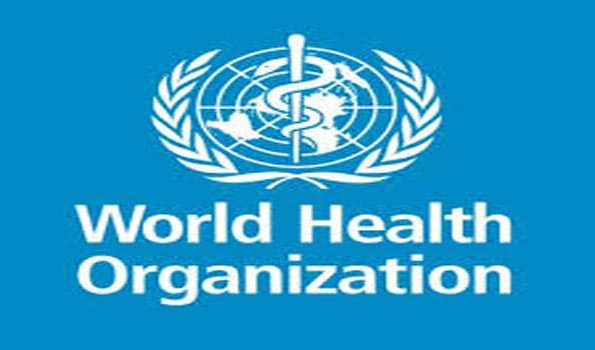Abortions are safe if they are done with a method recommended by the World Health Organization (WHO) that is appropriate to the pregnancy duration and if the person providing or supporting the abortion is trained. Such abortions can be done using tablets (medical abortion) or a simple outpatient procedure.
According to WHO, unsafe abortion occurs when a pregnancy is terminated either by persons lacking the necessary skills or in an environment that does not conform to minimal medical standards, or both. The people, skills, and medical standards considered safe in the provision of induced abortions are different for medical abortion (which is performed with drugs alone), and surgical abortion (which is performed with a manual or electric aspirator).
Skills and medical standards required for safe abortion also vary depending upon the duration of the pregnancy and evolving scientific advances. They are less safe, when done using outdated methods like sharp curettage even if the provider is trained or if women using tablets do not have access to proper information or to a trained person if they need help.
Abortions are dangerous or least safe when they involve ingestion of caustic substances or untrained persons use dangerous methods such as insertion of foreign bodies, or use of traditional concoctions.
Women, including adolescents, with unwanted pregnancies often resort to unsafe abortion when they cannot access safe abortion.
Barriers to accessing safe abortion include: restrictive laws, poor availability of services, high cost, stigma, conscientious objection of health-care providers and unnecessary requirements, such as mandatory waiting periods, mandatory counselling, provision of misleading information, third-party authorization, and medically unnecessary tests that delay care.
Based on data from 2010–2014 there are approximately 25 million unsafe abortions annually. Of these one third or approximately 8 million were performed under the least safe conditions by untrained persons using dangerous and invasive methods. Unsafe abortions lead to an estimated 7 million complications.
In developed regions, it is estimated that 30 women die for every 100 000 unsafe abortions. (UNI)




